The Apple Watch Series 7 offers the same suite of sensors as the Series 6. These include an accelerometer, a gyroscope, a heart rate sensor, a barometer, an always-on altimeter, a compass, an SpO2 sensor, and a VO2 max sensor. These sensors a host of health and fitness tracking features, including blood oxygen monitoring, heart rate monitoring, sleep tracking, fall detection, workout tracking, and more. The Apple Watch Series 7 continues to provide an "all-day" 18-hour battery life from a single charge.
The device can now charge 33 percent faster charging compared with Apple Watch Series 6 thanks to a new charging architecture and Apple's Magnetic Fast Charger USB-C Cable. This means that just eight minutes of charging time can provide up to eight hours of sleep tracking. Termed as Apple's "most durable watch ever" at the launch event by the tech company, it offers new tools for health and wellness, including an electrical heart sensor and ECG app. Along with other innovations like mindfulness and sleep tracking apps to keep you healthy from head to toe. Apple today announced Apple Watch Series 7, featuring a reengineered Always-On Retina display with significantly more screen area and thinner borders, making it the largest and most advanced display ever. The narrower borders allow the display to maximize screen area, while minimally changing the dimensions of the watch itself.
The design of Apple Watch Series 7 is refined with softer, more rounded corners, and the display has a unique refractive edge that makes full-screen watch faces and apps appear to seamlessly connect with the curvature of the case. Apple Watch Series 7 also features a user interface optimized for the larger display, offering greater readability and ease of use, plus two unique watch faces — Contour and Modular Duo — designed specifically for the new device. With the improvements to the display, users benefit from the same all-day 18-hour battery life,1 now complemented by 33 percent faster charging.
It comes with the biggest display we have ever seen on an Apple Watch and comes with IP6X certification for water and dust resistance. The watch is equipped with an electrical heart sensor and a Blood Oxygen sensor. The Apple Watch Series 7 comes with an 18-hours claimed battery life and supports 33 percent faster charging than its predecessor. While you shouldn't expect a bump in battery life for the Series 7, it does juice up faster than earlier models thanks to a new charging architecture and a Magnetic Fast Charger USB-C Cable. Apple says it charges 33% faster than the Series 6—just 45 minutes of charging will take the watch from dead to 80% battery life. And eight minutes on the charger offers eight hours of juice for overnight sleep tracking.
But the watch does come with a more advanced charger for 33% faster charging, juicing up from 0% to 80% in 45 minutes. An 8-minute charge meanwhile can supposedly provide 8 hours of sleep tracking. According to leaks the watch also comes with a new 1-meter USB-C magnetic fast charging cable in the box. Apple Watch Series 7 offers a roughly 20% larger screen, 33% faster charging, and improved dust resistance when compared to Series 6. It also continues support for health features that aren't available on Apple Watch SE or Series 3.
Apple's new watch supports fast charging via a new USB-C charging cable, which Apple claims will charge 33 percent faster than the Series 6. When you need to charge it, Apple says it only needs to be connected to its charger for eight minutes to be able to cover eight hours of sleep tracking. Apple Watch Series 6 is water-resistant and supports Apple Pay purchases like previous models, plus it has all the same health-related features in addition to blood oxygen monitoring.
Good news for bikers—watchOS 8 will also add fall detection for outdoor cycling and automatic cycle tracking. Apple's also tweaked the calorie burn algorithm so it's more accurate for when you ride an e-bike. Also new is a new voice feedback feature where the watch will announce workout milestones either from the speaker or through your Bluetooth headphones. Fitness+ is also getting several updates, including guided meditations, pilates, winter workout prep, and group workouts with Share Play. The latter will allow up to 32 people to join a workout at once in the app.
This year's additions were modest overall, but Apple's rumored to be working on some more advanced health features for next year, including potentially adding a body temperature sensor. The Series 6 contains an S6 System-in-Package chip, which is based on the A13 Bionic in the iPhone 11. It is up to 20 percent faster than the previous generation but still offers the same all-day 18-hour battery life.
Apple Watch Series 6 offers faster charging and can be charged to full in 1.5 hours. Battery life was improved for tracking workouts like indoor and outdoor runs, too. Apple Watch Series 7 offers the same health monitoring features available with the Series 6. A built-in accelerometer and gyroscope enable other important health-related features such as fall detection. Apple Watch Series 7 models are also able to charge 33 percent faster, with just eight minutes of charging providing up to eight hours of sleep tracking time. Apple said that the Watch Series 7 is its most durable yet with an IP6X certification, WR50 water resistance, and a more crack-resistant front crystal.
The Apple Watch Series 7 has a bigger, brighter, and tougher display that extends all the way to the edge of the device. There isn't any flashy new gimmick or headlining health feature in this model, but there are still a handful of changes worth exploring. New colors, faster charging, and exclusive edge-to-edge watch faces add up to an iterative, yet desirable upgrade. The new Mindfulness app, sleep respiratory rate tracking and Tai Chi and Pilates workout types can help improve overall wellness.
It also continues to offer tools for health and wellness, including an electrical heart sensor and ECG app and a blood oxygen sensor app. Apple said during the show that Series 7 will recharge up to 33% faster than the Series 6, thanks to the new charging architecture and a USB-C charger. In practice, this means you'll get up to 80% of power in just 45 minutes. Apple made a point of indicating that 8 minutes of battery charging would be enough for 8 hours of sleep tracking. It's also important to remember that iterative upgrades aren't a new concept for the Apple Watch.
In fact, the entire legacy of the Apple Watch has been established around small year-over-year changes. It added cellular and water resistance for the first time, but it also had the exact same health sensors and design as the Series 2. They added new health features like ECG and SpO2 tracking, yet the design didn't budge from the Series 4 case introduced in 2018. The Apple Watch Series 7 is no different from its predecessors in this regard. There may not be new health sensors or an upgraded chip this year, but Apple has delivered a more impressive display, quicker charging, and enhanced durability .
There are some tradeoffs with the Apple Watch Series 3 because it is a much older model, such as a smaller display, an older chipset, and the lack of a compass, fall detection, ECG, and blood oxygen monitoring. Apple claims that the Series 7 can charge up to 33% faster than the Series 6 bundled with an all-new charging architecture. Using the new Type-C cable charger, the watch can charge from 0-80% in just 45 minutes, and an 8-minute charge can enable up to 8 hours of sleep tracking. The most notable addition here is a display that's 20% larger than its predecessor, capable of fitting 50% more text. The screen is brighter as well, and fortified by stronger crystal, with the watch now sporting an IP6X rating for dust, coupled with the existing WR50 water rating for swimming.
Contrary to rumors, the overall battery life hasn't improved , but charging is now 33% faster. Apple has announced a refreshed Watch Series 7 with a 1 mm larger display, new case colors, and watchOS 8. The new Watch Series 7 is now much more durable, includes new fitness apps such as Mindfulness, and riding fall detection. The Watch Series 7 also charges 33% faster compared to the Watch Series 6. The Series 7 features several advanced health-tracking features Apple introduced on the Series 6 that you don't get on the SE, including sensors for blood oxygen saturation and electrocardiogram readings.
The SpO2 sensor is incredibly useful in light of COVID-19, as it indicates how well your circulatory and respiratory systems are delivering oxygenated blood to your body, and can help you gauge whether a hospital visit is necessary. The ECG function checks for signs of atrial fibrillation , an irregular heart rhythm that can lead to blood clots, stroke, heart failure, and other serious complications. Those features, plus the larger screen and always-on display option, justify the Series 7's $120 markup from the SE. This design would theoretically allow Apple to greatly increase the battery life of its future smartwatches.
It's unclear whether it would result in a longer charging time to accommodate the extra batteries, but if so, that would likely be a small price to pay for users who don't want to have to charge their smartwatch every single day. All Apple Watch Series 7 models feature a black ceramic and crystal back that houses four LED clusters and four photodiodes to facilitate health-monitoring features such as heart rate monitoring, blood oxygen monitoring, and ECGs. The Apple Watch Series 7, announced in September 2021, is the current iteration of the Apple Watch that originally launched in 2015.
The Apple Watch Series 7 builds on the design of previous Apple Watch models with a more rounded design and offers some notable new features including larger displays, improved durability, and faster charging. When connected to sufficient power, the Apple Watch will charge 33% faster, translating to eight hours of sleep tracking with just eight minutes on a charger. The new Apple Watch is set to inherit all the health features from its previous generation devices and may see some new features as well.
While the addition of features such as blood glucose monitor and blood pressure monitor could be a bit too optimistic, Apple may provide updates to its sleep tracking feature. Reportedly, Apple is working on some others watch faces that will be exclusively available in Series 7. The new smartwatch will have an S7 cheap that will provide a better battery life. And according to Ming-Chi Kuo, many health sensors will be missing in the latest release.
In fact, they have a plan to re-introduce them in the 2022 Apple Watch series. Apple says this gives the Watch Series 7 a softer look, which is increased even further due to the rounded corners of the case. It's not just about looks, though — the larger screen fits 50% more text.
It's even large enough to show a full keyboard with either tap- or swipe-typing. The always-on screen makes a return and is 70% brighter when viewed indoors, but the even better news is the IP6X dust resistance certification, which joins the existing W50 water resistance rating. Keeping different Apple Watch models available creates a wider range of price points, with the Series 3 starting at $199 and the SE starting at $279. However, those models don't have the latest Watch OS improvements, including health features like blood oxygen tracking and an electrocardiogram app. The Series 6 Apple Watch has the same 18-hour battery life as prior models, and we assume the Series 7 does too.
That's enough to get you through the day, but if you want to do sleep tracking, you're going to have to charge the watch. The Apple Watch Series 6 features a rear LED sensor array that can measure oxygen saturation in the blood for a better understanding of fitness and wellness. A custom algorithm included in the Blood Oxygen app measures blood oxygen levels between 70 and 100 percent. On-demand testing is available through the app, and the watch also occasionally takes background measurements when a person is inactive, including during sleep. Apple bases "all-day" battery life estimates on 90 time checks, 90 notifications, 45 minutes of app use, and a 60-minute workout with music playback via Bluetooth.
For LTE models, Apple assumes four hours of LTE connection and 14 hours of connection to an iPhone. In some situations, the Apple Watch will drain faster, such as during calls or workouts. The aluminum Apple Watch models feature Ion-X glass to protect the display, while the stainless steel and titanium models use sapphire crystal glass. Sapphire crystal glass offers better scratch resistance than Ion-X glass because it is a harder material, which means the models with sapphire crystal models are more resistant to scratching and everyday wear. While some people charge the device overnight, Apple introduced sleep tracking features that obviously only work if you wear the Apple Watch while you sleep. This meant you'd have to find a different time of the day to recharge the battery.
At this morning's virtual keynote event, Apple's Chief Operating Officer Jeff Williams announced the Apple Watch Series 7. Packing a brand-new display, a more rounded case design, faster charging, and greater resistance to cracking and dust, the Series 7 is a very nice iterative update. It is available in 41mm and 45mm sizes and provides 18-hour battery life on a single charge and 33 per cent faster charging compared with Apple Watch Series 6. The faster charging will also be a considerable boon for those who want to take full advantage of the Sleep Tracking features introduced in watchOS 7 last year. You'll be able to pop it on the charger before bedtime and get a full eight hours of Sleep Tracking with only an eight-minute charge, although you'll still need to juice it up again for the day before your morning workout. Apple has also made some significant improvements to battery life and charging on the Apple Watch Series 7.
The company claims that the new smartwatches offer 18-hour all-day battery life, along with 33% faster charging than the previous model. Although the Apple Watch Series 7 models feature bigger displays than Series 6, they feature the same rounded design, albeit with "softer, more rounded corners". The displays on the new models feature 40% slimmer bezels that measure only 1.7mm. This has allowed Apple to offer 20% more screen area than the Series 6 without altering the dimensions significantly. The Always-on Retina displays on the Watch Series 7 are 70 percent brighter than the previous model.
Courtesy of a new 'charging architecture' and Magnetic Fast Charger, Apple clocks it at 33% faster than the Series 6. So while you'll still need to top up your Watch on the regular, it should be off your wrist for less time. Given that it took around 90 minutes to brim the Series 6, we'd expect the Series 7 to be full in just over an hour – handy if you need to boost it before bed for a night of sleep tracking. When I upgraded from the Galaxy Watch Active to the Samsung Galaxy Watch 4, I expected an upgrade in just about every way. Unfortunately, the battery has only lasted about hours on a charge, and recharges are slower than the Watch Active, too. Apple hasn't said anything different, so we must assume it uses the same Apple S6 processor used in the Series 6.
It also has the same sensor array on the back, ready to measure heart rate and blood oxygen and take an electrocardiogram reading. There's a new fall-detection feature that works during workouts and when cycling, and through WatchOS 8, the Series 7 will measure respiratory rate during sleep. The aluminum model comes in five colors — Midnight, Starlight, green, blue, and Product Red — plus, it supports new watch faces made specifically for the larger, curved screen. One thing the rumors did get right is a slight increase in size, as the Series 7 comes in 41mm or 45mm case sizes.
Despite this, the Series 7 is compatible with all existing Watch bands, so no need to worry if you already have a collection. At present, the Apple Watch Series 6 features an average battery life of around 18 hours, and a charging time of 1.5 hours. The Apple Watch SE, for comparison, has roughly the same lifespan but takes a bit longer to charge. Of course, given that some apps drain the battery faster than normal, these figures may be lower in practice.
Apple Watch SE was released alongside the Series 6 last fall and still has some of the best WatchOS features. In comparison to the Series 7, the SE doesn't have an always-on display option, 5 GHz Wi-Fi, or Apple's ultra wideband radio chip. As the more affordable model, the SE also doesn't offer the more expensive stainless steel and titanium case options that Apple offers for the Series 6 and Series 7. For those who care about sleep tracking, the Series 7 can offer 8 hours of monitoring that bed time from just 8 minutes of charging too. But the smartwatch still has an impressive array of health monitoring features to track ECG, blood oxygen levels, heart rate, and plenty of other metrics. The Apple Watch 7 does get a 70% brighter Always-On display while indoors, IP6X dust resistance, the same WR50 water resistance as prior models, and more durability.
The display dims when the wrist is down in order to preserve battery life, but key features like watch hands remain illuminated all the time. Touching the watch face or raising the wrist brings the display back to full brightness, and to minimize battery drain, Apple has optimized watch faces for the feature. The Apple Watch's display also has a variable refresh rate that drops from 60Hz to as low as 1Hz when the watch is inactive. With the Apple Watch 5, Apple added an always-on display to the "normal use" parameters, but we haven't witnessed any true extension to the company's battery estimates. Sure, you can eke out a full 24 hours on occasion, or at least in power reserve mode.
Yet the 18 hour battery life is as constant to Apple Watch users as the digital crown. Feature-wise, abilities like ECG and blood oxygen monitoring endure, with watchOS 8 bringing the newest functionality to the table. Automatic workout and fall detection for cycling is now part of the equation, as is more accurate calorie tracking for those riding e-bikes. You could also choose to keep this feature turned off if you want to maximize battery life, and Apple hasn't said whether the brighter always-on screen will affect the watch's power consumption.

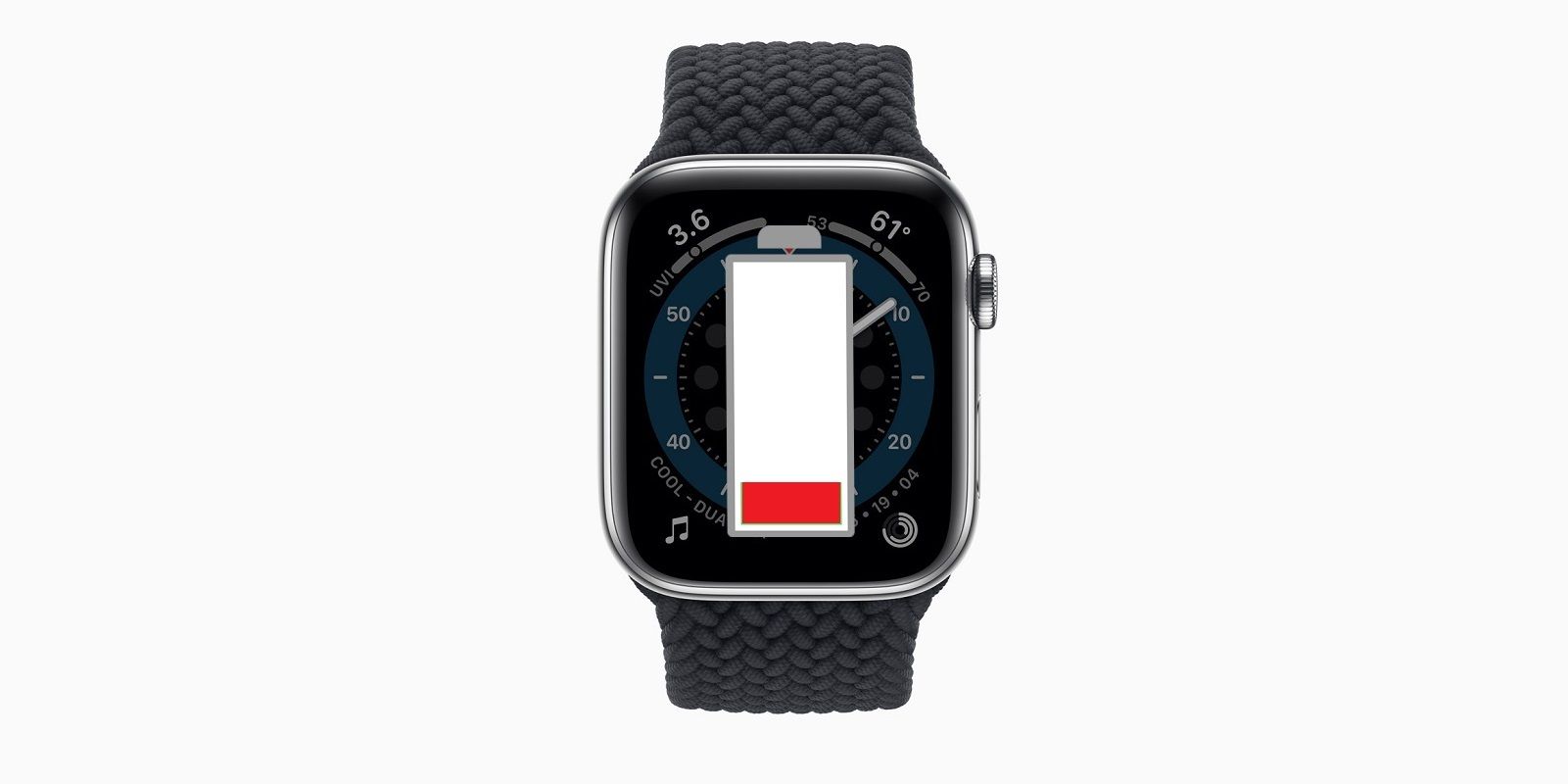





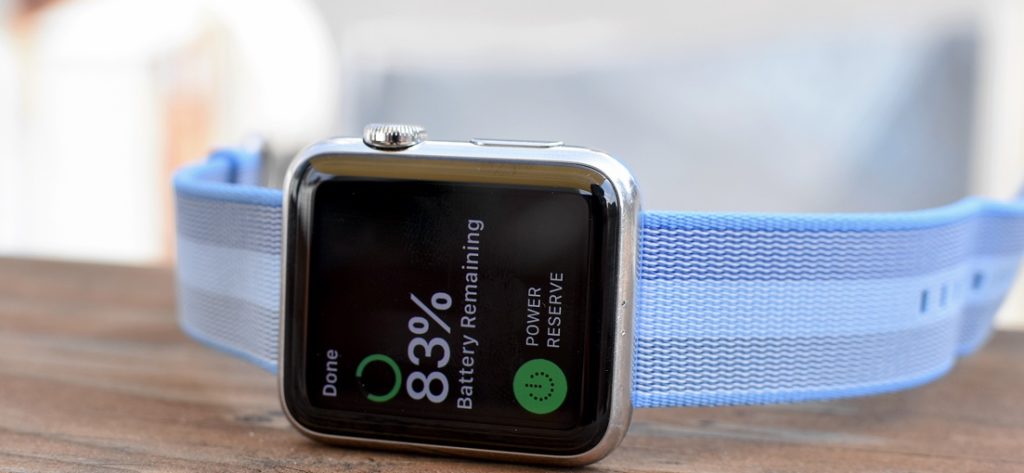

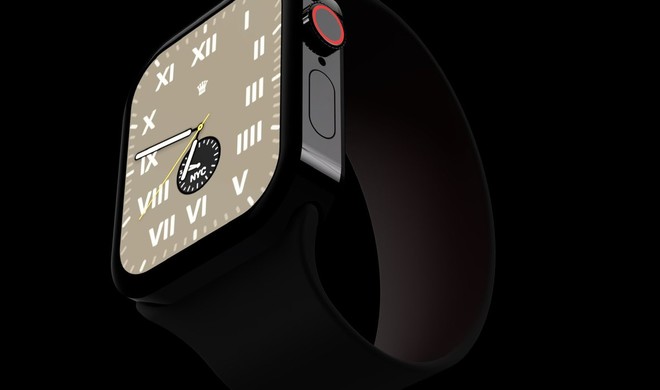
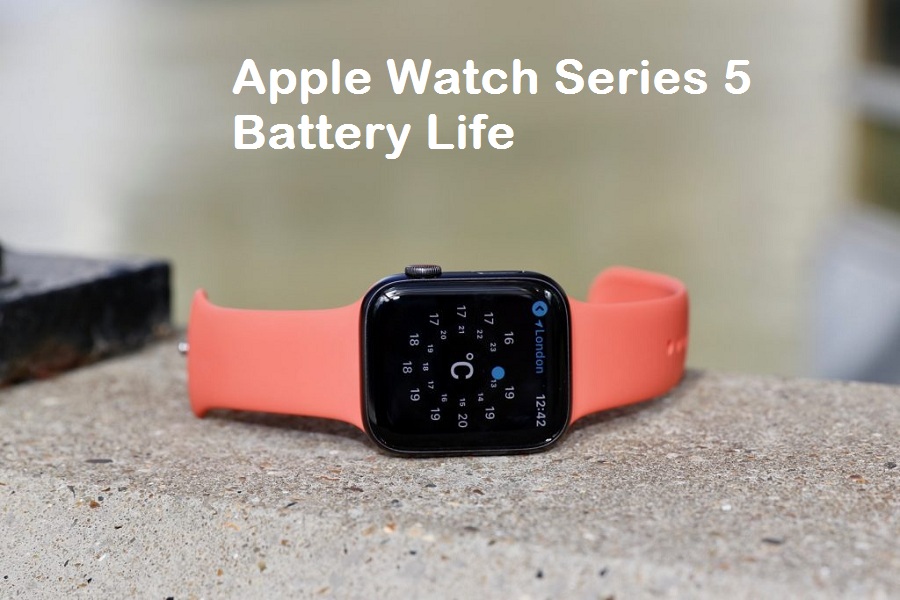





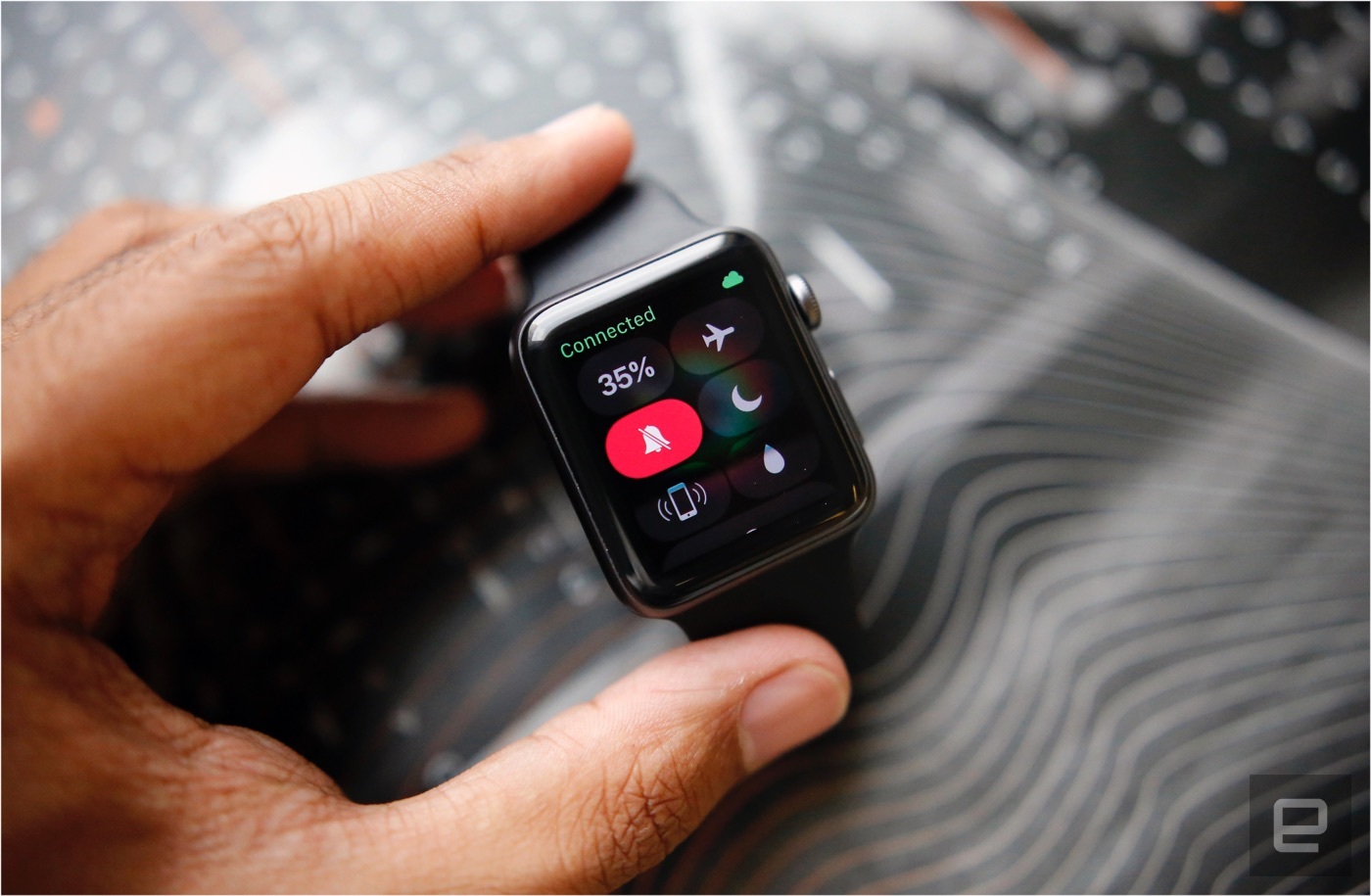

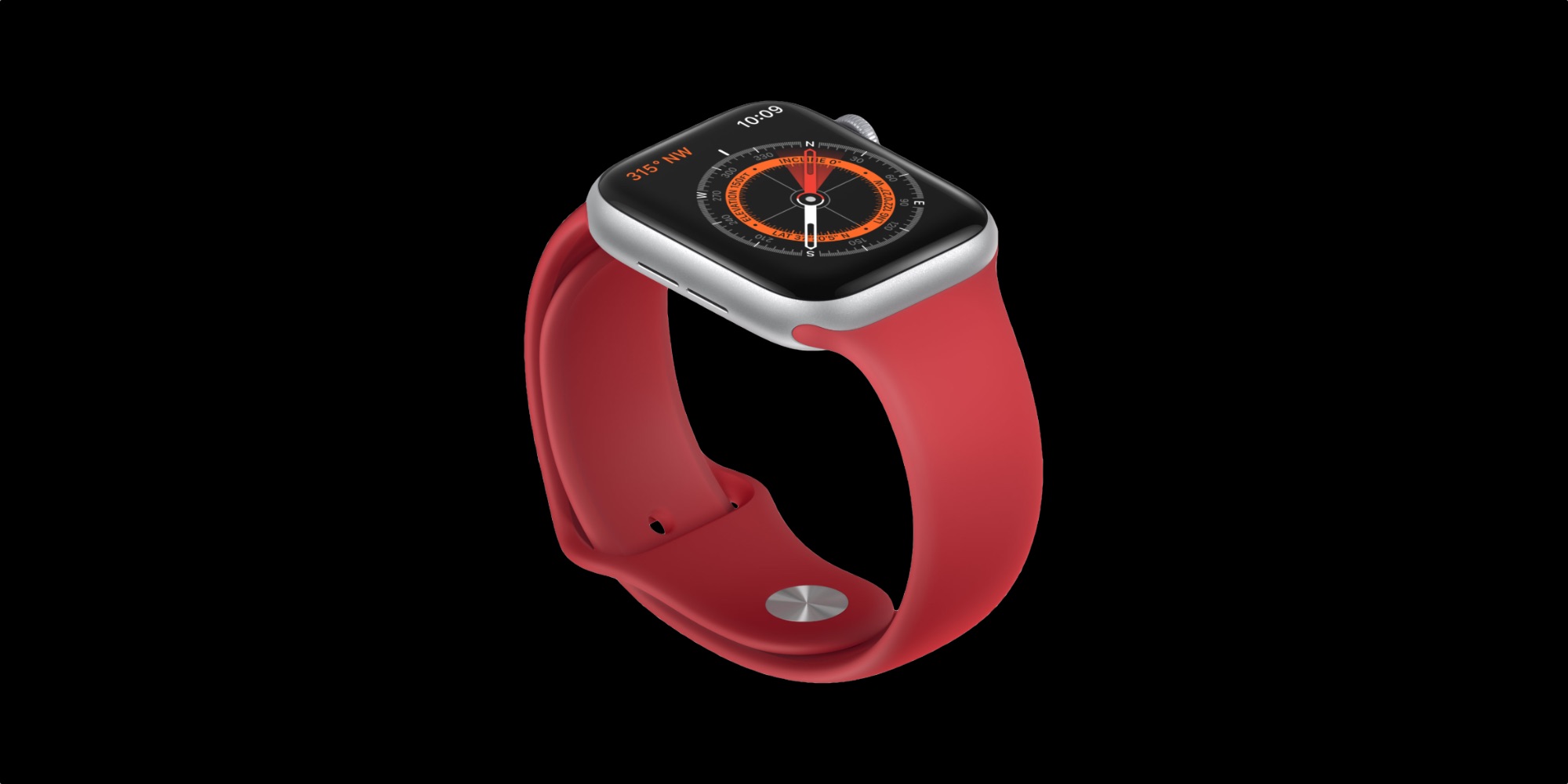




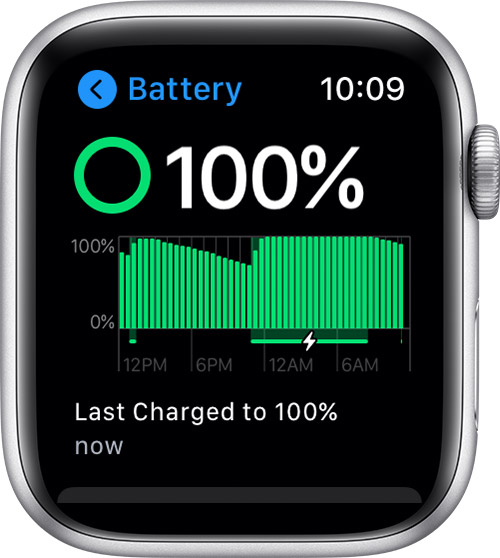

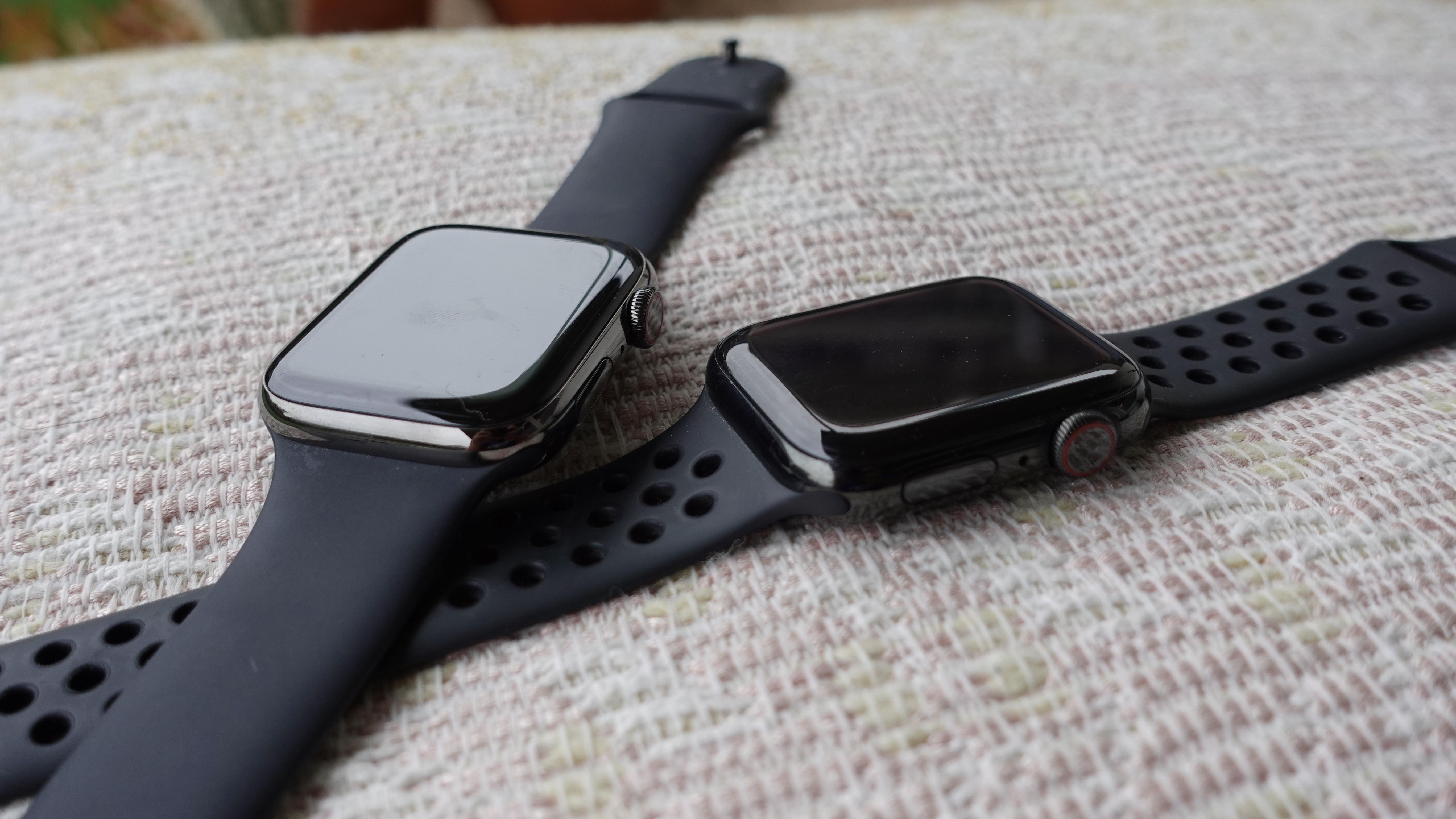

No comments:
Post a Comment
Note: Only a member of this blog may post a comment.